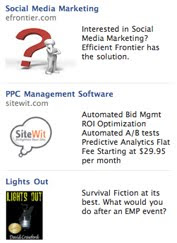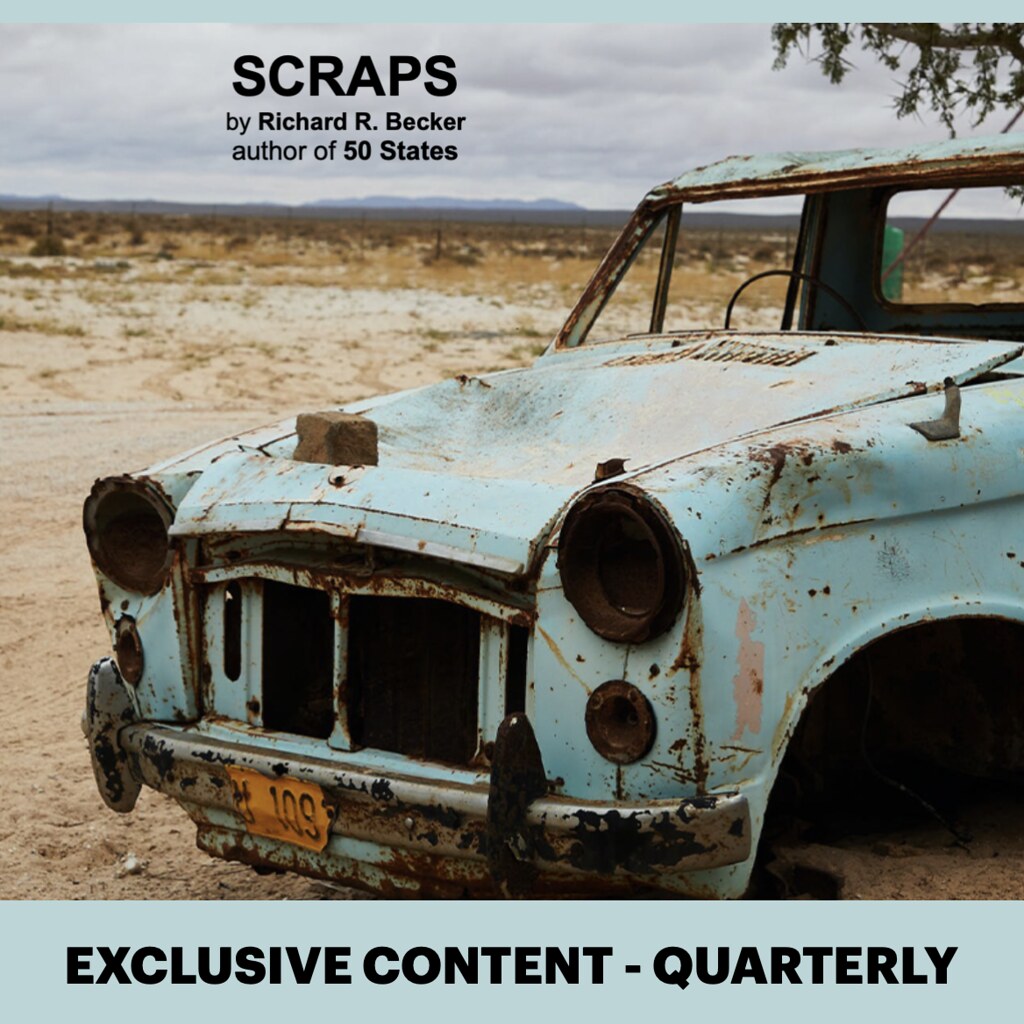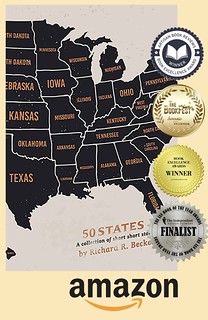
"There are significant moments in everyday life. That's what you ought to write about." — Raymond Carver
While most of the lessons I teach have to do with marketing, advertising, public relations, and social media, they're still akin to greater aspirations in miniaturized chunks of content, sometimes with a client or employer standing over your shoulders. In short, it's commissioned work. The kind of work that great artists like Jean-Michel Basquiat might dump a bowl of cereal on your head for even asking.
But that is the challenge for people who pursue commercial work. You have to have a head for business and the heart of an artist.
Those that don't appreciate it, never really excel in communication-based activities. Fear holds them back. Social learning theory frequently touches on it. Psychologists who subscribe to this thinking are quick to remind people that anxiety is often associated with certain situations and learning.
For example, a little girl who is punished by her parents every times she rebels will eventually associate punishment with assertive behavior. The punishment doesn't have to be physical or painful. Emotional punishment can cause the same symptoms. Or, perhaps nowadays, anxiety creeps in because most people are too busy to give their children enough praise and accolades (let alone teachers).
Either way, these early lessons taint people who want to enter the profession. Even seasoned communicators and graphic artists exhibit it going into presentations. They are either afraid their work won't measure up or they feel apprehension if they don't receive praise. Frankly, they ought not worry about either.
Shedding The Fear To Become A Better Communicator.
 My daughter is only four years old and has been producing some striking artwork for the better part of a year. The work is better than some adults "think" they could ever do. I don't really believe that is the case, even if my daughter does have some natural talent. The primary difference is something else entirely. They have fear in their hearts. She does not.
My daughter is only four years old and has been producing some striking artwork for the better part of a year. The work is better than some adults "think" they could ever do. I don't really believe that is the case, even if my daughter does have some natural talent. The primary difference is something else entirely. They have fear in their hearts. She does not. If you are like most people, you probably started learning "fear" around the fourth grade. That seems to be the case today. Teachers and administrators are wound up so tightly over testing and what it means for their school that their anxiety is passed on to the kids. Although important, they place so much weight on testing that it is difficult for kids not to feel anxious.
This social learning will carry on with them for the better part of 12 or more years. And by the time a student reaches me, they become plenty anxious. And, honestly, the work suffers for it. Even some professionals I know will tell you how much they second guess putting up posts or sharing other activities because they are "afraid" how people might react.
Commercial work is a bit different in that you have to be able to include some presets — client mandatories, market research, and audience acceptance. But when in doubt, professionals can always craft two versions — the one the client wants to see and the one they see in their hearts. They might do it too, if not for the fear they carry around with them.
How does it apply to the average communication professional? Simple enough, I think. About 80 percent of the best ideas are scrubbed from advertising, marketing, and social media because they are never shown. The number is a guess, but I suspect it's not too far from the truth.
I used to try to answer the frequently asked question "how do you convince a client to do X?" with some semblance of an answer — show them the work, show them the research, pick and choose your battles, ask them to let you test it somewhere off to the side. But lately, I scrap all that advice and ask a question instead. Have you talked to them about it?
 A surprisingly high percentage of professionals never share what they would like to do with an account. They are too afraid to broach the subject, too afraid they won't be listened to, and too afraid their idea will be rejected, or worse, that they'll be held accountable and fired. Seriously? If any of that were true, with the exception of one, you're probably working in the wrong shop anyway.
A surprisingly high percentage of professionals never share what they would like to do with an account. They are too afraid to broach the subject, too afraid they won't be listened to, and too afraid their idea will be rejected, or worse, that they'll be held accountable and fired. Seriously? If any of that were true, with the exception of one, you're probably working in the wrong shop anyway. The exception, of course, is if you are too afraid of not receiving praise for your work. If that's true, you're probably playing in the wrong field. As soon as you start shooting for the status quo — the stuff that always generates X amount of traffic to a site — you've already lost the heart of an artist that makes even being a commercial hack somewhat redeeming.
Give it some thought over the weekend. If you could do even one thing to make whatever project you're working on — a blog, advertisement, campaign — even a little better, what would it be? Start with that, even if it's not expected. What's the worst that can happen? Someone will say no? So what? Confidence comes from within. And you knew it well enough when you were four.




























